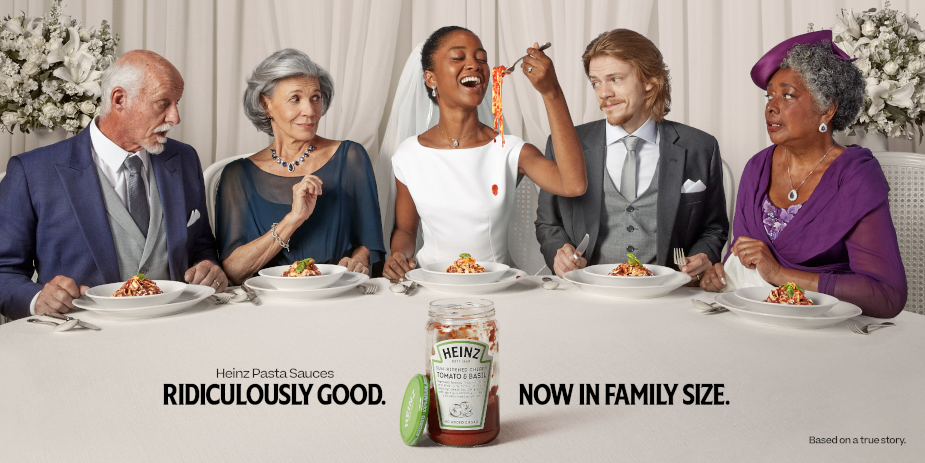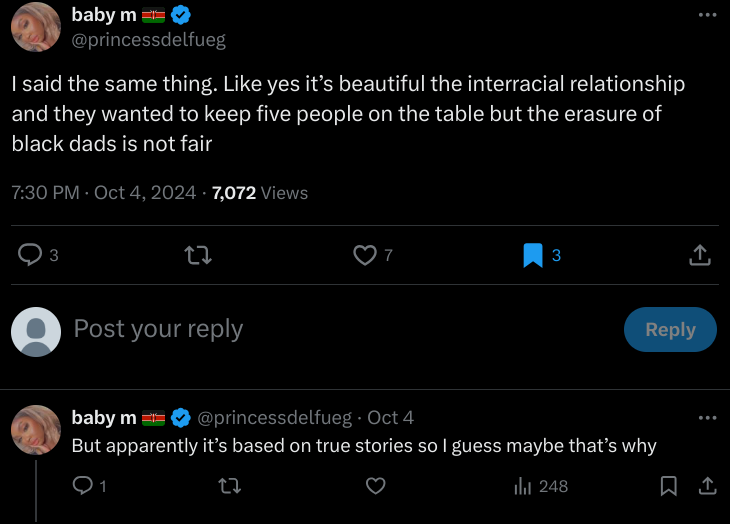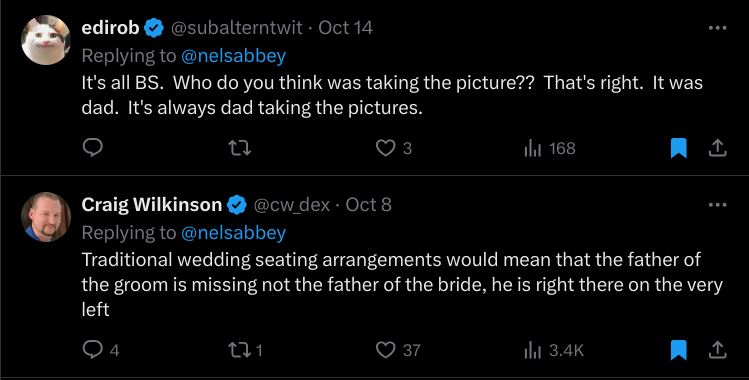A theory developed by Jamaican scholar, Stuart Hall, researched this idea of reception where he looked into how messages are decoded. He believed that messages encoded into media products by the producers could be ‘negotiated’ by the audience who are the decoders. Hall extended this theory to the decoders picking apart the media messages to create their own interpretation of the encoded messages and proves the audience plays a role in creating meaning as in the production process there are assumptions made about the audience, (Durham 2006, pg 164), to get them to agree with the dominant message. This is not always the case.

The Heinz 2024 pasta sauce advertisement highlights these different readings from the audience as the responses were mixed. The campaign seemed harmless at first as it was supposed to ‘celebrate those who break the rules out of their love for Heinz.’ One of these advertisements included nuns around a table praying before eating, but one is seen already eating which creates a sense of humour. However, the advertisement that caused a ruckus was the advertisement with the wedding.
The wedding advertisement was seen to feed into stereotypes of black families due to there being no father for the black bride. This advertisement caused outrage on social media by seeing the advertisement on the underground in London with a user saying “Black girls have Dads too” which is oppositional reading. This is the audience understanding the message but will use their own experiences and beliefs to create their own meaning, (Durham 2006, pg 173). The decoders were mostly on the oppositional side as there was a huge offence taken and a surprise that the media is still pushing forward harmful stereotypes to the black community. This is the stance the encoders try to reduce and on this occasion, it forced Heinz into apologising.

The second stance decoders could take is the negotiated reading which is the decoders understanding the message but will adapt the parts that don’t relate to their experiences and beliefs, (Durham 2006, pg 172). In this context, there were still issues with the absent black father, but encoders seeing the small print ‘based on a true story’ changes the audience’s perspective in a small way as Heinz puts across the advertisements as a recreation of experiences others have had with the products. This side of the encoders appreciate the representation of ‘interracial relationships’ as this is not seen a lot in the media so it can help some decoders relate to the advertisement.

The last position is the dominant reading where the audience agrees with the messages, (Durham 2006, pg 171). With Heinz, some of the audience tried to defend the brand by mentioning seating arrangements at weddings and coming up with excuses on where the absent father could be. The dominant standpoint is what the producers want the audience to take from the media products. Heinz wanted it to be humourous that the bride wants to wear the sauce rather than have a nice clean wedding dress because she loves Heinz so much.

Overall, Hall’s reception theory demonstrates that the audience is involved in the encoding process and has an active role in media.
References:
Abbey, N. (2024) ‘For my brothers with daughters’ [X] 4 October. Available at: https://x.com/nelsabbey/status/1842205729555439839 (Accessed: 12th November).
Dudeck, J. (2021) no title. Available at: https://unsplash.com/photos/a-black-and-white-photo-of-a-building-rIo86tXzPQI (Accessed: 11th October 2024).
Durham, M.G. and Kellner. (2006) Media and Cultural studies: keyworks. Oxford: Blackwell. Rev. ed.
edirob. (2024) ‘It’s all BS’ [X] 14 October. Available at: https://x.com/subalterntwit/status/1845944386581893247 (Accessed: 12 November)
Hsu, H. (2017) ÔÇśStuart Hall and the Rise of Cultural StudiesÔÇÖ, The New Yorker [Preprint]. Available at: https://www.newyorker.com/books/page-turner/stuart-hall-and-the-rise-of-cultural-studies
Little Black Book (2024) Heinz Unveils Pasta Sauce Campaign Inspired By Real Life Culinary Confessions from Unexpected Fans. Available at: https://lbbonline.com/news/heinz-unveils-pasta-sauce-campaign-inspired-by-real-life-culinary-confessions-from-unexpected-fans (Accessed: 11th November 2024).
M, B. (2024) ‘I said the same thing’ [X] 4 October. Available at: https://x.com/princessdelfueg/status/1842271034373804409 (Accessed: 12th November)
Nugent, A. (2024) Heinz apologises after new ad featuring black family sparks outrage. Available at: https://www.independent.co.uk/life-style/heinz-backlash-ad-black-family-b2624567.html (Accessed: 11th November 2024).
Wilkinson, C (2024) ‘Traditional wedding seating arrangements’ [X] 8 October. Available at: https://x.com/cw_dex/status/1843657431257362948 (Accessed: 12 November)


Hi Millie,
This is such an interesting breakdown of Hall’s reception theory, and the Heinz example is spot on for showing how different people can interpret the same ad so differently. ItÔÇÖs wild how something that was probably meant to be lighthearted ended up sparking such strong reactionsÔÇöespecially with the wedding ad. The whole ÔÇťwearing sauce at your weddingÔÇŁ thing is hilarious and so weird, but itÔÇÖs such a Heinz way to grab attention. ItÔÇÖs just a shame the humor didnÔÇÖt land for everyone. This really shows how brands need to think more carefully about the stories theyÔÇÖre telling and how different groups might receive them. I loved how you tied it back to HallÔÇÖs theory´╝ü